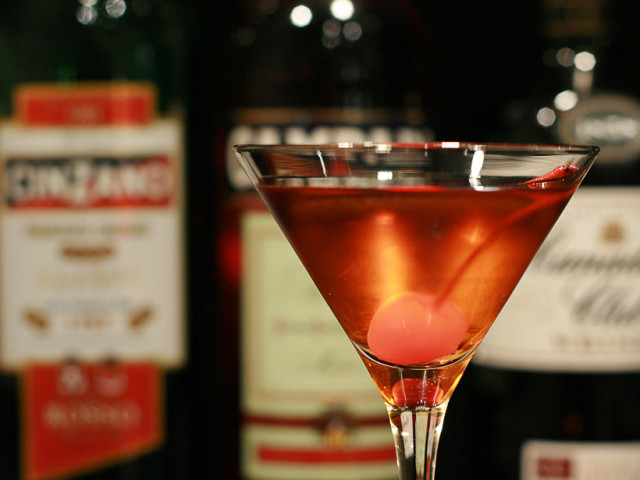
Manhattan is the second basic cocktail that is mentioned in the great book of bartendering “The Fine Art of Mixing Drinks” by David A. Embury. A popular history suggests that the drink originated at the Manhattan Club in New York City in the early 1870s, where it was invented for a banquet hosted by Jennie Jerome (Lady Randolph Churchill, Winston’s mother) in honor of presidential candidate Samuel J. Tilden. The success of the banquet made the drink fashionable, later prompting several people to request the drink by referring the name of the club where it originated – “the Manhattan cocktail.”
However, experts in mixology history have found prior references to various similar cocktail recipes called “Manhattan” and served in the Manhattan area. Some of these references date decades prior to the above-mentioned banquet. Nevertheless, the consensus among experts is that the Jerome/Tilden event is what made the recipe of “American Whiskey, Italian Vermouth and Angostura bitters” famous as the Manhattan cocktail.
It is a whiskey and sweet vermouth cocktail. There is the optional addition of bitters. Let ‘s stand a little at the last one. Bitters. A bitters is a preparation of herbs and citrus dissolved in alcohol or glycerine with a bitter or bittersweet flavor. There are many and my personal favorite is Campari and Rosso Antico. If my memory serves me correctly there are both from Millan, Italy. They are fine drinks excellently combined with orange juice and mildly flavored liquors like Vodka. Both are hard to find here in the states, so you can use any other bitter drink you can find, such is Jägermeister. Before we go to the actual recipe we will talk about the hardware. First the glass. Since it is a drink that is very important for the right proportions ice cannot be served. So to maintain the drink cold we have to serve it in the right glass. A frosted (or ice chilled) Martini or cocktail glass, that will have the stem to hold it so it doesn ‘t get warm from our hands. And since we will have many different ingredients it is recommended that we do it in a shaker. So the ingredients:
- 5cl Whiskey
- 2cl Sweet red vermouth
- Dash bitters
- Maraschino cherry (Garnish)
The proportions between Whiskey and Vermouth are not exact. They can vary from 1:1 for a sweet Manhattan to 4:1 to a more crisp and strong drink. The way I usually do it, is put the ice in the shaker and add 1 oz of the bitters. Stir and strain. All the bitter we need is on the ice cubes. Add the relative proportion that fit your still and shake. Place a maraschino cherry (with its stem!) into the glass and strain cocktail into the glass.
Today bitters are frequently omitted by barmen unless specifically requested; purists, however, maintain that bitters are required to offset the sweetness of the whiskey and vermouth. Some drinkers add juice from the cherry jar or Maraschino liqueur to the cocktail for additional sweetness and color.
Originally, bitters were considered an integral part of any cocktail, as the ingredient that differentiated a cocktail from a sling. Over time, those definitions of cocktail and sling have become archaic, as sling has fallen out of general use (other than in certain drink names), and cocktail can mean any drink that resembles a martini, or simply any mixed drink.
The following are other variations on the classic Manhattan:
A Rob Roy is made with Scotch whisky.
A Dry Manhattan is made with dry vermouth instead of sweet vermouth and served with a twist.
A Perfect Manhattan is made with equal parts sweet and dry vermouth.
A Cuban Manhattan is a Perfect Manhattan with dark rum as its principal ingredient.
A Florida Manhattan substitutes a lime slice instead of the cherry and bitters.
A Latin Manhattan is made with equal parts of white rum, sweet and dry vermouth, and a splash of Maraschino cherry juice, served up with a twist.
A Sake Manhattan is 1 part sake with 2 parts rye whiskey, garnished with a cherry.
Photograph by scienceofdrinks.com



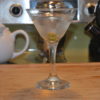
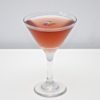
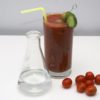
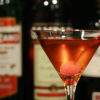

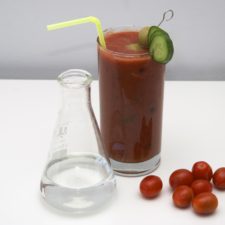
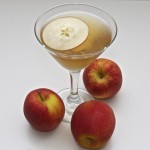
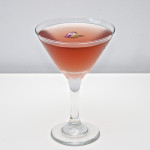
Leave a Reply